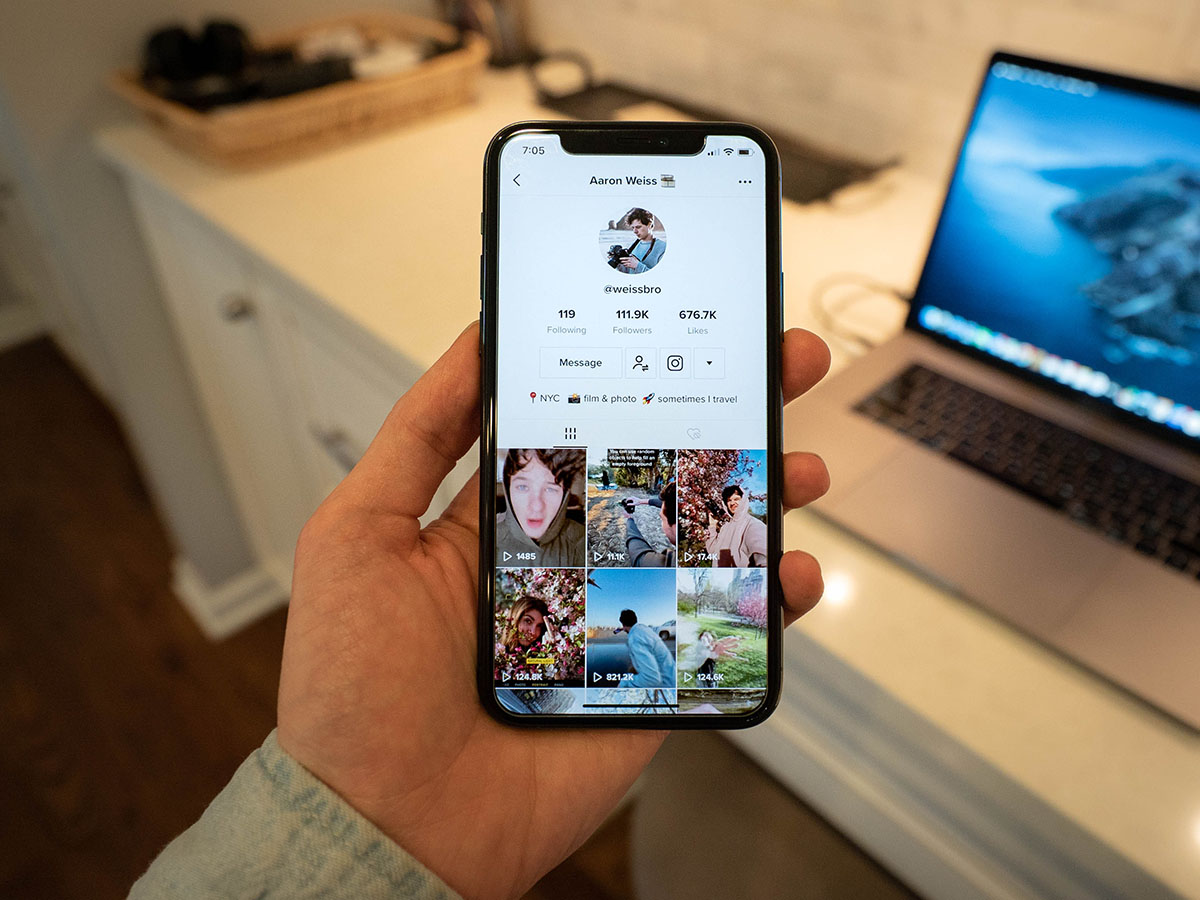Like a prefabricated data centre and server computers, video conferences are not new and strange in the business world. Technology and innovation have been helping and shaping business around the world, be it in modern-day enterprise or industrial sectors.
Technology as we know it makes lives easier and the working process much simpler. Utilising the best technology for business has become user-friendly and more accessible than in previous decades. Today, video conferencing online has never been more popular and widespread than ever before. Digital conferencing has paved for a broader, wireless collaboration and communication through video. The use of video conferencing equipment in Singapore has proven to be convenient and effective for a streamlined conference for many local businesses.
Anyone with a stable Internet connection, a functioning computer system and a good bandwidth can now hold video conferences and perform contacts anywhere around the globe. Traditional conference settings where the use of multiple inclusive equipment is less preferred than digital conferencing. Why is that? The use of specialised computer hardware omits the use of multiple types of equipment that are found in a traditional conference. No more whiteboards, no more conference papers, the use of a projector, etc.
Telecommuting Effectively With Digital Video Conferencing
Digital conferencing has never been more simplified today. One does need to invest in expensive computer hardware or opt alone for a ridiculous data centre in Singapore to have a stable and professional look for your business. All it takes is a decent presentation, an interesting speaker and a stable connection.
A successful digital conference can impact and boost your enterprise. Planning and having a blueprint for the event is the most ideal form of preparation. One can conduct a video conference in any suitable or comfortable environment. Here are the basics for making a video conference more professional:
Good lighting
Apart from having the most essential video conferencing equipment, good lighting is critical for making the video subject more visible and clear. Poor lighting often results in poor quality. It sometimes makes it impossible to see anything. If the subject or speaker appears dark, the audience will tend to focus on the lit part; it can be your background—which can be distracting.
Good audio
Audio is as important as visuals. Background noise and poor audio quality make it unpleasant to listen to your audience. However, high-quality audio can make a noticeable impact on the overall quality of the conference. It makes it enjoyable to listen to and reduces unnecessary noise distractions, allowing the audience to focus on what the presenter is trying to say.
Thus, investing in a high-quality microphone and audio system is also integral in setting up video conferencing equipment.
Make the presentation interesting
Video conferencing is about delivering the main goal and message to the audience. It is about effective communication via the digital channel. Thus, a succinct and engaging presentation is a way to maximise the impact of the message. It makes it an easy shortcut for better audience retention, whether you are talking about big data, business trends or facilities management in Singapore.
Perform rehearsals
Rehearsals matter in the success of your digital conference or any virtual event. Weeks, days or hours before the event, you should practice and perform rehearsals. As part of the process, you should also perform technical checks on the equipment and configure the technical settings ahead to avoid having to re-calibrate everything. You can ask other people to evaluate the performance so you will know what to improve. It will reveal possible glitches that you might encounter along the way.
Securing Digital Conference Success – Maintaining Conference Privacy

Apart from using video conferencing equipment and the right tools, maintaining privacy and security are among the best practices for hosting virtual events. Without further ado, here are the best practices for ensuring privacy and security:
Learn the tools you are using
There are no shortcuts to getting used and familiarising yourself with the tools for digital/video conferencing. Whether it’s a software, camera or microphone, you need to be familiar with how they connect and work together apart from knowing which buttons to press. It makes it easier for you to silence what others are seeing or hearing.
However, some may require software applications to be controlled. Hence you want to learn them ahead of time to minimise technical and privacy problems.
Avoid sharing meeting links publicly
Imagine your meeting link as a personal key to your home. You would not share just with anyone else apart from the people that are part of living at your home. The same way you would do with a meeting link. Even if you have high-end video conferencing equipment, privacy and security breaches are difficult to deal with once it is compromised. Avoid sharing the meeting link publicly to avoid falling into the wrong hands. Only distribute the link to the people who are invited through private means, such as a direct message or email.
Have a passcode set before entry
A passcode will act as a protective barrier to ensure that your meeting is held privately should anyone outside obtain the link. You can share it with the meeting link or shared via verbally or in a separate email.
Learn how to moderate effectively
You should not just rely on letting the software applications and video conferencing equipment take care of the entire event. Moderate is one way of managing and overseeing the entire meeting to ensure that the meeting is locked and that there are no suspicious, uninvited personnel within the virtual event.
If you are looking for video conference equipment or DC builder in Singapore, visit Acme Associates for more info.










